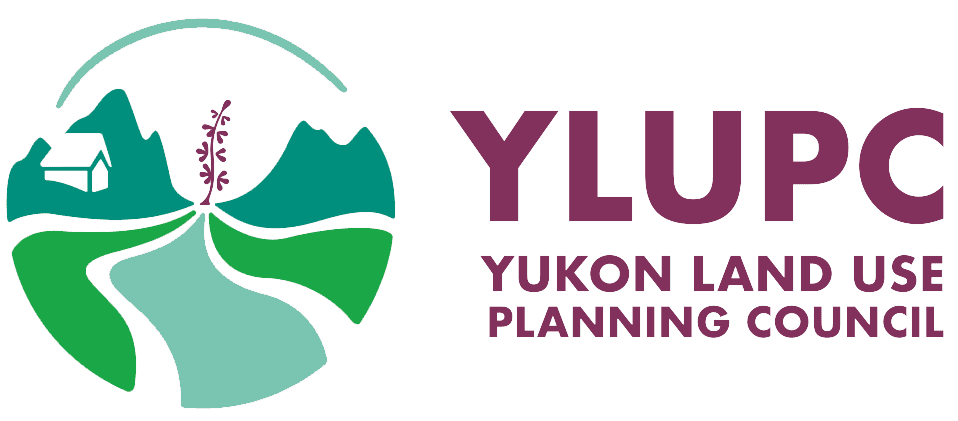Peel Watershed Consistency Opinions
Now that the Peel Watershed Regional Land Use Plan has been approved, it is time to put it into action. The Parties to this plan, the Yukon Government and the governments of the Vuntut Gwitchin First Nation,Tr’ondëk Hwëch’in, Na-Cho Nyak Dun and the Gwich’in Tribal Council, have agreed on some plan implementation tasks. The Umbrella Final Agreement (section 12.7.1) and the Yukon Environmental and Socio-Economic Assessment Act (section 44.1) specify that planning commissions check the conformity of proposed projects to their plan. However, because the Peel Watershed Planning Commission is no longer maintained, the staff of the Yukon Land Use Planning Council (YLUPC) will provide an opinion as a third party as to whether projects are consistent with the plan. Here’s how it works:
When the Yukon Environmental and Socio-Economic Assessment Designated Office seeks views and information from the public and stakeholders about a proposed project, it determines if the project will fall within the Peel Watershed Planning Region. If so, it sends the YLUPC a letter. YLUPC staff then visit YESAB’s online registry (YOR) to read the project’s specifications. Staff then fill out a form to provide an opinion as a thrid party as to whether or not projects are consistent to the plan, and what practices and strategies recommended in the plan would be the most relevant.This approach has been used for the North Yukon Region, as well as for the Final Recommended Peel Watershed Plan pre-approval (these were called “consistency checks”).
Completed conformity checks are listed below, using YESAB’s project numbering system:
- 2012-0030: Quartz Exploration – Mike Lake Project (April 2, 2012)
- 2012-0092: Crest Remediation (April 11, 2012)
- 2017-0088: Culvert Replacements, KM 227 and KM 237 Dempster Highway
- 2018-0011: Km 129.5 Dempster Highway Culvert Replacement
- 2019-0065: Granular Pit Development – Dempster Highway – Km 226
- 2019-0140: Dempster Fibre Optics Project (Peel)
- 2020-0197: Eagle Plains Well Maintenance and Extended Flow Testing
- Q2021-0025: Mayo NE Quartz Exploration (Class 1)
- Q2021-0026: Noisy Quartz Exploration (Class 1)
- Q2021-0027: ML Quartz Exploration (Class 1)
- 2021-0149: Dempster Highway Granular Pit Development: km 188, 208 and 232
- 2021-0176: Quartz Exploration – Michelle Creek
- 2022-0003: Ogilvie Grader Station Solar Project
- 2022-0090: Southern Dempster Highway Shoreline Stabilization Works
- 2021-0171: Class 1: ML Quartz Exploration
- 2022-0003: Ogilvie Grader Station Solar Project
- 2022-0160: Hydrometric Cableway Station Decommissions
- 2023-0112: Peel River J-21 Investigation and Remediation
Evaluation of landscape disturbance indicators
Part of the opinion includes the comparison between projected landscape disturbance indicators for each of the Landscape Management Units (LMUs) potentially affected by the project and the cautionary and critical levels assigned to each LMU. Two indicators are assessed: new surface disturbance (or ‘footprint’), and new linear disturbance. To do this, the YLUPC need an estimate of the current amount of each disturbance indicator. Unfortunately, these estimates were not available until ~2022. As a result, many opinions up to 2022 consisted of a list of relevant mitigative strategies and practices.
In fall 2023, we analyzed disturbance data (at 2020) from Yukon Government. Disturbance levels for each LMU were posted on this webside via our interactive GIS. These statistics will be used in our future consistency opinions.
